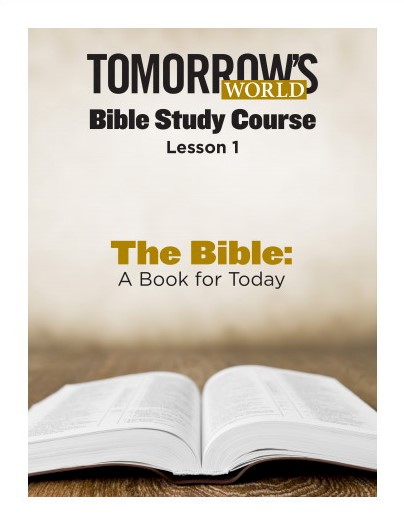It is to be kept from Friday at sunset to Saturday at sunset. It is God’s “mark” for His faithful people, and it represents God's “rest” and reminds us that He is the Creator. It also refers to the coming 1,000 years of “rest” after Jesus Christ returns as King of kings (Hebrews 4:1–4; Revelation 20:4–6). Jesus Christ, His followers, and the early Church always observed God's commanded Sabbath (Luke 4:16; Acts 17:2) and it will be observed by “all flesh” during Christ’s reign over the earth in the coming millennium (Isaiah 66:23).
The annual festivals of God are listed in Leviticus 23 and Deuteronomy 16. These God-given Holy Days will be observed "forever" (Leviticus 23:14, 21, 31, 41). The first-century Churches observed these annual sabbaths (Acts 2:1; 12:3-4; 18:21; 20:6, 16; 27:9; 1 Corinthians 16:8). These sabbaths will continue to be observed during Christ's millennial reign (Zechariah 14:16–19).
God's annual celebrations represent seven critical steps in his plan of salvation:
1. The Passover refers to the sacrifice of Jesus Christ, “the Lamb of God,” for us (John 1:29, 36; 1 Corinthians 5:7; Revelation 5:6). Jesus established the New Testament Passover with symbols of bread and wine (1 Corinthians 11:23–26).
2. The seven Days of Unleavened Bread typify casting the leaven of malice and wickedness from the lives of true Christians and taking in God's nature, the “unleavened bread of sincerity and truth” (1 Corinthians 5:6-13; Luke 12:1).
3. The Festival of Firstfruits (Pentecost) refers to the small harvest of Christ's “begotten” followers who will be received as “a kind of firstfruits” at the “first resurrection” (James 1:18; Revelation 20:4–5).
4. The Feast of Trumpets pictures the “day of the Lord,” a final period of war and conflict on the earth that is characterized by the blowing of seven trumpets, the last of which will herald the Second Coming of Jesus Christ (Joel 2:1; Matthew 24:31; 1 Corinthians 15:52; 1 Thessalonians 4:13–17; Revelation 11:15–18).
5. The Day of Atonement represents Satan’s imprisonment and mankind becoming at one with God (Leviticus 16:8, 10, 15–27; Revelation 20:1–3).
6. The Feast of Tabernacles represents the coming thousand-year period of a wonderful world under the administration of Jesus Christ and His saints (Leviticus 23:33–34; Zechariah 14:16–19; Luke 12:32; Acts 17:31; Revelation 20:4–6).
7. The Last Great Day represents the great judgment at the end of the Jesus Christ’s earthly, millennial reign (John 7:37; Leviticus 23:36, 39; Revelation 20:11–12).
To learn more about this topic, please read our booklet The Holy Days: God’s Master Plan.


